How to even out skin patches on face ?
| Estimated Reading Time: 8 minutes |
Let’s be real: nothing knocks your confidence like glancing in the mirror and spotting uneven skin patches on face staring back. Those dark spots, red blotches, or stubborn discolouration can feel like uninvited guests that just won’t leave. But here’s a bold promise—you can take control and get that smooth, glowing complexion you’re dreaming of. I’ve been there, battling my own pesky patches, and after digging into the science, trying remedies, and tweaking my habits, I’ve learned what works. This guide breaks down why skin patches on face happen, natural fixes, the best products, how your diet plays a role, and why the sun is your skin’s biggest frenemy. Ready to transform your skin? Let’s dive in.
Table of Content: |
Introduction
Your face tells your story, but skin patches on face can throw in plot twists you didn’t sign up for. Whether it's dark spots from old acne, melasma from hormonal shifts, or unexpected redness, these uneven patches can make you feel as though your skin is betraying you. I remember feeling frustrated when my once-clear complexion started showing blotchy marks after a summer of careless sun exposure. The good news? You’re not stuck with them. This blog walks you through the causes of skin patches on face, natural remedies that actually help, top-tier products to invest in, dietary tweaks for clearer skin, and the absolute must of sun protection. By the end, you’ll have a game plan to even out your skin tone and feel confident again.

Causes of Patchy Skin & How to Fix It
Skin patches on face don’t just pop up for no reason—they’ve got triggers, and knowing them is half the battle. Here’s what I’ve learned about why they happen and how to tackle them:
-
Hyperpigmentation: This is when your skin pumps out extra melanin, leaving dark spots. Think sun exposure, old acne scars, or even a scratch that didn’t heal right. I got a stubborn spot on my cheek after a bad sunburn, and it took months to fade.
-
Melasma: Hormones are often the culprit here, especially during pregnancy or when you’re on birth control. It shows up as brownish patches, usually on your cheeks or forehead. A friend of mine dealt with this post-pregnancy, and it was a slog to treat.
-
Post-Inflammatory Hyperpigmentation (PIH): Ever had a pimple that left a dark mark long after it was gone? That’s PIH, and it’s more common in individuals with darker skin tones. I’ve battled this after popping a zit (bad move, I know).
-
Rosacea or Redness: This one’s tricky—it’s not just patches but chronic redness that can look patchy. It’s like my skin decided to blush permanently on my nose and cheeks.
-
Dryness: When your skin’s parched, it can flake or look uneven, making patches stand out more. Winter is my nemesis for this.
How to Fix Them:
-
Exfoliate Smart: Using gentle scrubs or chemical exfoliants like glycolic acid helps slough off dead skin, fading skin patches on face over time. I started with a mild AHA exfoliant twice a week, and it made a difference.

-
Targeted Ingredients: Stuff like vitamin C or retinoids can brighten and renew your skin. They’re not magic, but they’re close.
-
See a Pro: If your patches are stubborn (like melasma), a dermatologist can suggest lasers or prescription creams. I wish I’d gone sooner for my sunspot.
-
Patience Pays Off: Skin takes time to heal—think 2–3 months of sticking to a routine. Trust me, consistency is everything.
-
Figuring out what’s causing your skin patches on face lets you hit them where it hurts. It’s like detective work, but the prize is clear skin.
Natural Remedies for Patchy Skin
I’m a sucker for natural remedies because they feel like a hug from Mother Nature. Plus, they’re often cheaper than fancy serums. Here’s what I’ve tried and what science says about fading skin patches on face the natural way:
-
Aloe Vera: This gooey plant is a lifesaver. It’s got aloesin, which can lighten dark spots. I slice open a leaf, smear the gel on my patches at night, and wake up to softer skin.
-
Turmeric: My grandma swore by this for everything, and she wasn’t wrong. Turmeric’s curcumin fights inflammation and can fade spots. I mix it with honey and a splash of milk for a 15-minute mask. Just don’t stain your clothes!
-
Lemon Juice: It’s like nature’s bleach, packed with vitamin C. I dilute it with water (undiluted is too harsh) and dab it on skin patches on face for 10 minutes. It stings a bit, but it brightens.
-
Green Tea: Those tea bags you toss? Save ‘em. Green tea’s antioxidants calm redness and may lighten pigmentation. I steep a bag, cool the liquid, and use it as a toner.
-
Licorice Root: This one’s less common but legit. It’s got glabridin, which slows melanin production. I found a natural licorice serum at a health store, and it’s been a game-changer.

Pro Tips:
-
Always test on a small patch of skin first—I learned this the hard way with lemon juice.
-
Use these remedies a few times a week; don’t overdo it.
-
Moisturize after to keep your skin happy.
-
Natural fixes for skin patches on face take time, but they’re gentle and satisfying. Pair them with other treatments if you’re impatient like me.
Top Products for Even Skin Tone
I’ve wasted money on overhyped skincare, so let me save you the trouble. These products, backed by science, actually help with skin patches on face:
-
Vitamin C Serums: These brighten like nobody’s business. Apply it in the morning for a glow-up.
-
Niacinamide: This ingredient is like a multitasker for skin—it fades patches and keeps skin strong. The Ordinary’s 10% Niacinamide + Zinc is my go-to; it’s dirt cheap and effective.
-
Retinoids: They’re a bit intense but worth it for speeding up skin renewal. I started with Retinol Night Moisturizer to ease into it. My skin patches on face softened after a month.
-
Exfoliants: A good AHA or BHA exfoliant, clears dead skin and evens tone. Use it sparingly to avoid irritation.
-
Hydroquinone: For hardcore pigmentation, 2% hydroquinone is a heavy hitter. Check with a derm for stronger stuff.

How to Use Them:
-
Start slow—one new product at a time—to avoid a skin freakout.
-
Slap on moisturiser after active ingredients to calm things down.
-
Sunscreen is your BFF; more on that later.
-
Quality products can be a game-changer for skin patches on face. Read reviews, know your skin type, and don’t fall for Instagram hype.
How your Diet affects Patchy Skin
I used to think diet was irrelevant to skin, but boy, was I wrong. What you eat can make or break your fight against skin patches on face. Here’s the deal:
-
Load Up on Antioxidants: Berries, kale, and almonds are like armor against skin damage. I toss blueberries in my oatmeal and snack on spinach salads. My skin’s less dull now.
-
Omega-3s: Salmon and flaxseeds cut inflammation, which helps with redness and PIH. I aim for a salmon dinner weekly—it’s tasty and skin-friendly.
-
Stay Hydrated: Dry skin looks patchier. I carry a water bottle everywhere and munch on watermelon for extra hydration.
-
Cut Sugar and Dairy: These can spark acne and inflammation, leading to more patches. I swapped milk for oat milk, and my skin’s clearer.
-
Collagen Boosters: Eggs and oranges help your skin stay plump and resilient. I’ve added bone broth to my soups for an extra kick.
-
Quick Hacks:
-
Track what you eat to spot patterns (dairy was my trigger).
-
Pair diet changes with skincare for max impact.
-
Talk to a doc about supplements if you suspect deficiencies.
-
Eating right won’t fix skin patches on face overnight, but it’s like giving your skin a head start.
Sun Exposure & Patchy Skin
If there’s one thing I wish I’d known sooner, it’s how much the sun messes with skin patches on face. UV rays crank up melanin production, making patches darker and new ones pop up. Here’s how to outsmart the sun:
-
Sunscreen Every Day: SPF 30 or higher, broad-spectrum, is a must. Go for non-greasy ones and reapply every 2 hours outside.
-
Dodge Peak Rays: Stay in the shade from 10 a.m. to 4 p.m. I carry a parasol on sunny days (it’s cute and practical).
-
Cover Up: Hats and sunglasses are stylish and protective. I’ve got a floppy hat that’s my summer staple.
-
Year-Round Protection: Clouds don’t block UV, so I wear sunscreen even in December.
-
After-Sun TLC: If you get too much sun, cool your skin with aloe or a soothing cream.
Why It’s Crucial: No sunscreen, no progress. The sun will sabotage your efforts to fade skin patches on face, so make SPF your ride-or-die.
Conclusion
Dealing with skin patches on face can feel like a never-ending battle, but you’ve got this. By pinpointing the cause—sun, hormones, or inflammation—you can fight back with natural remedies, powerhouse products, a skin-loving diet, and hardcore sun protection. I’ve seen my own skin transform with patience and the right moves, and you can too. Start small, stay consistent, and watch those patches fade. Your radiant, even-toned face is waiting—go claim it.
Recommended Products by Blue Nectar:
AHA Exfoliating Plant Based Glycolic Acid Face Serum (14 herbs, 30ml)
Almond Flax Seed Anti Aging Face Ubtan Powder (12 herbs, 100gm + 15gm)
Niraa Shea Butter SPF 30 Sunscreen Face & Body Lotion (12 Herbs)
Related Articles:
Home Remedies for Dark Spots and Skin Pigmentation
Turmeric - The open secret of Indian Beauty
References:
https://www.mountsinai.org/health-library/symptoms/skin-color-patchy


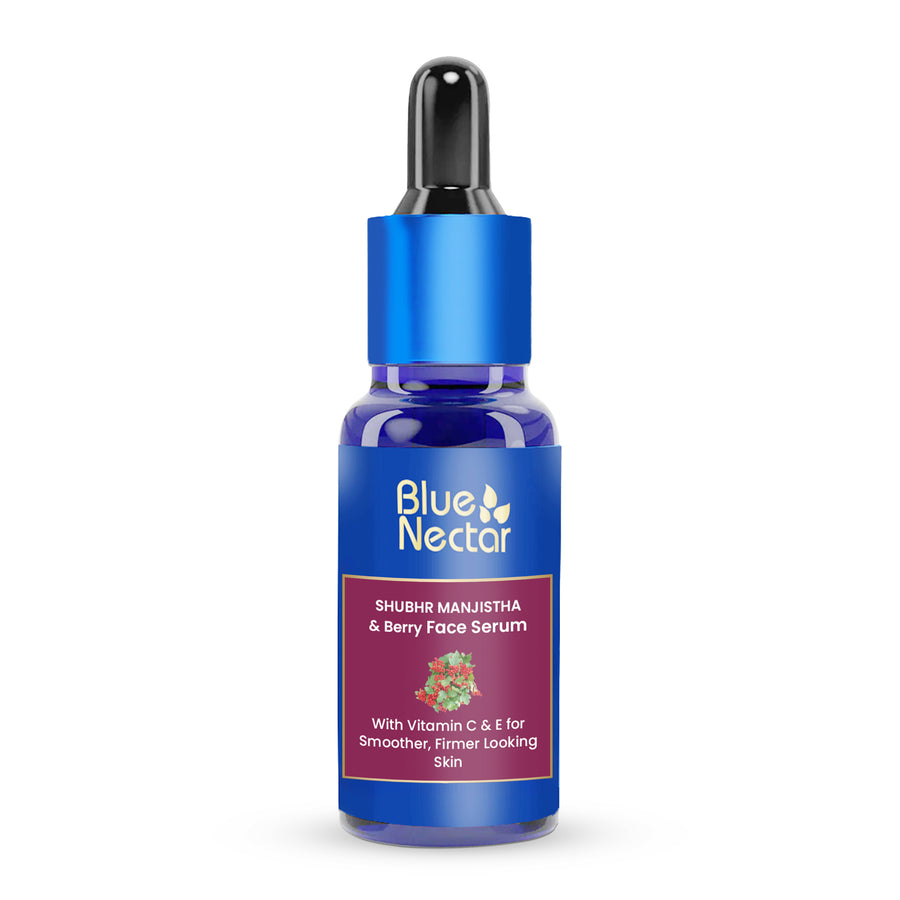
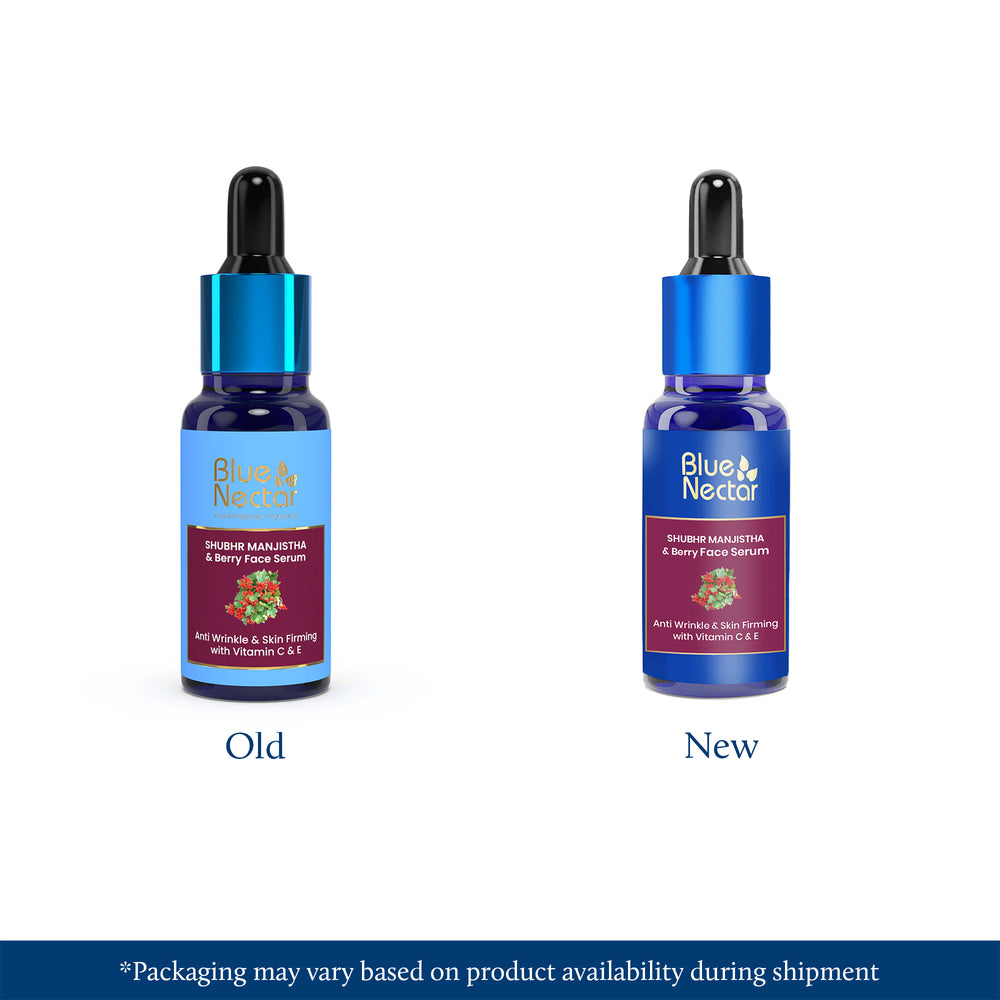


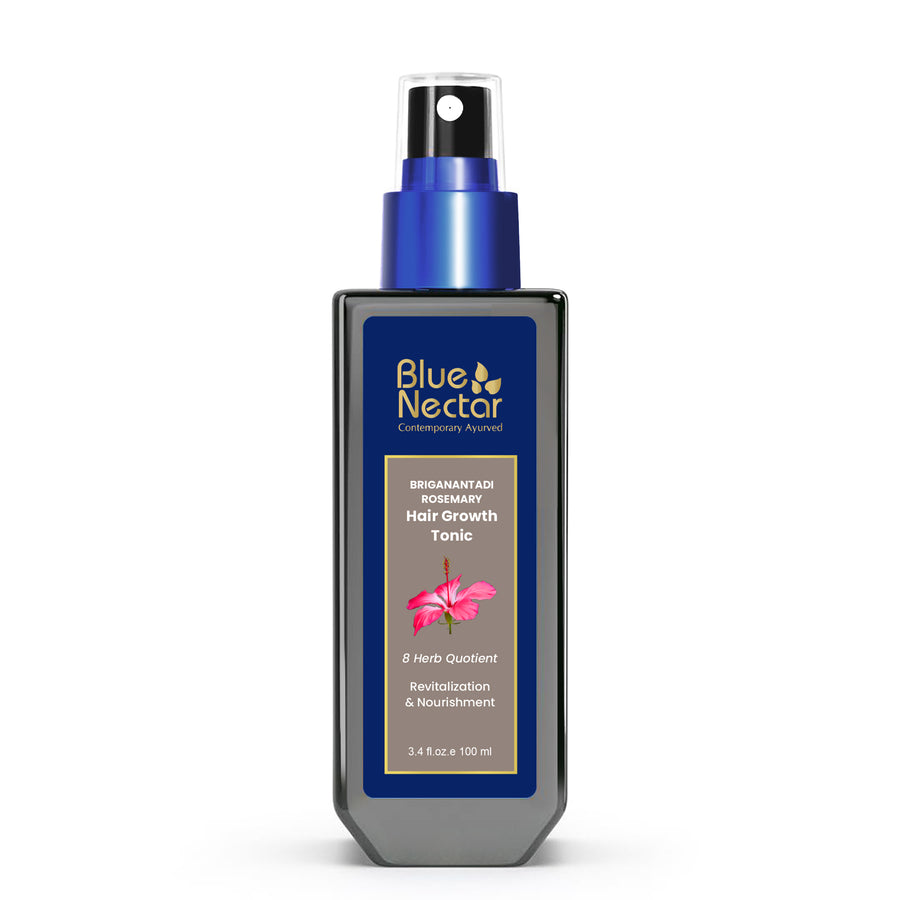
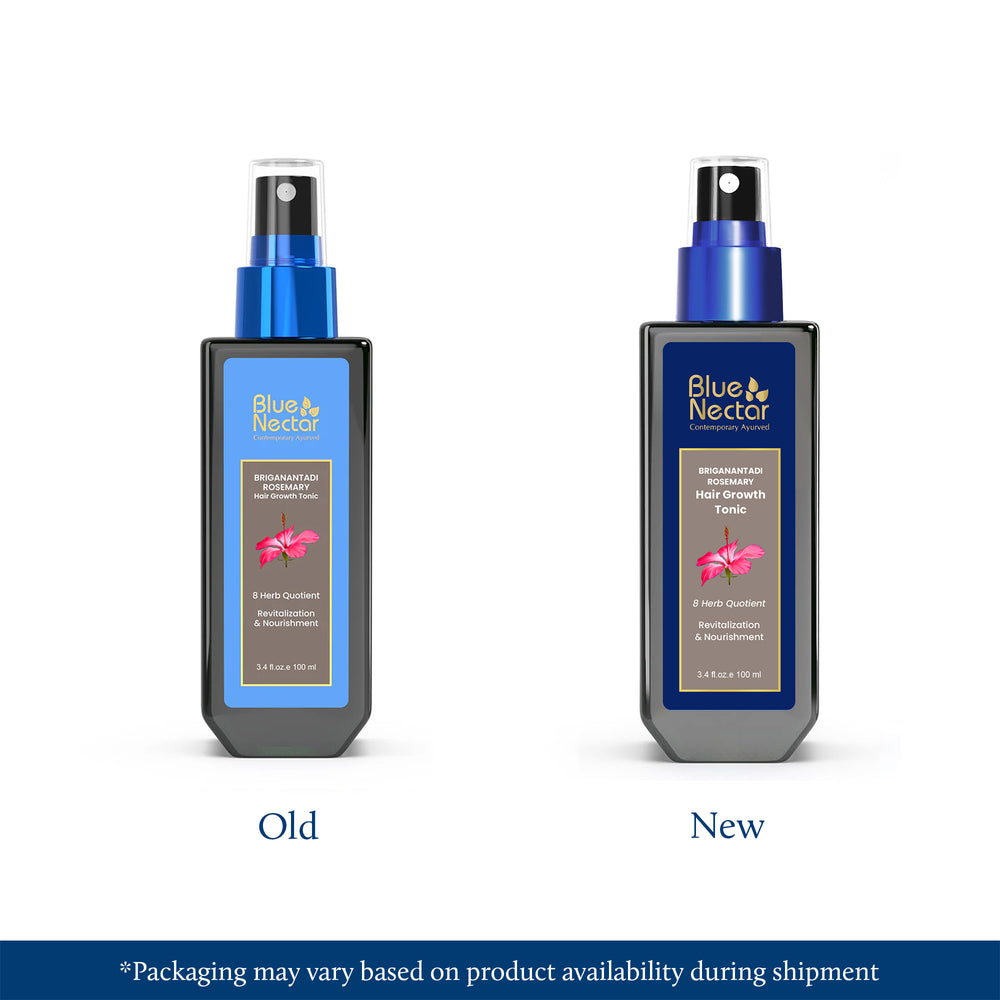
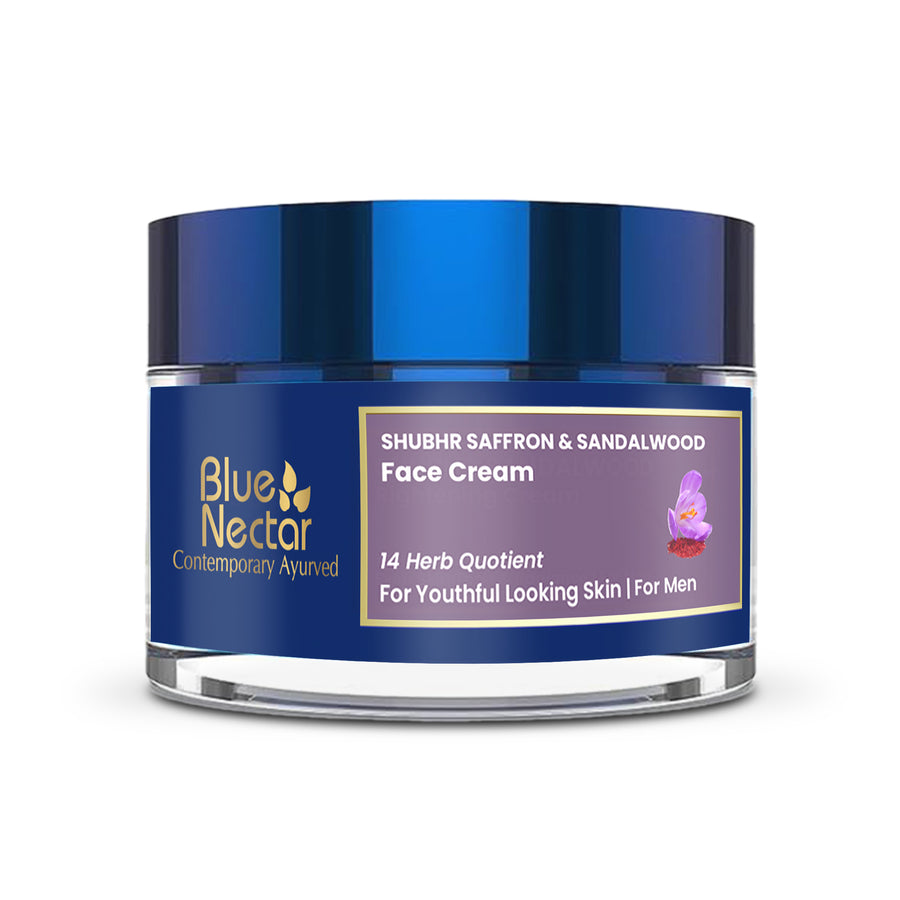
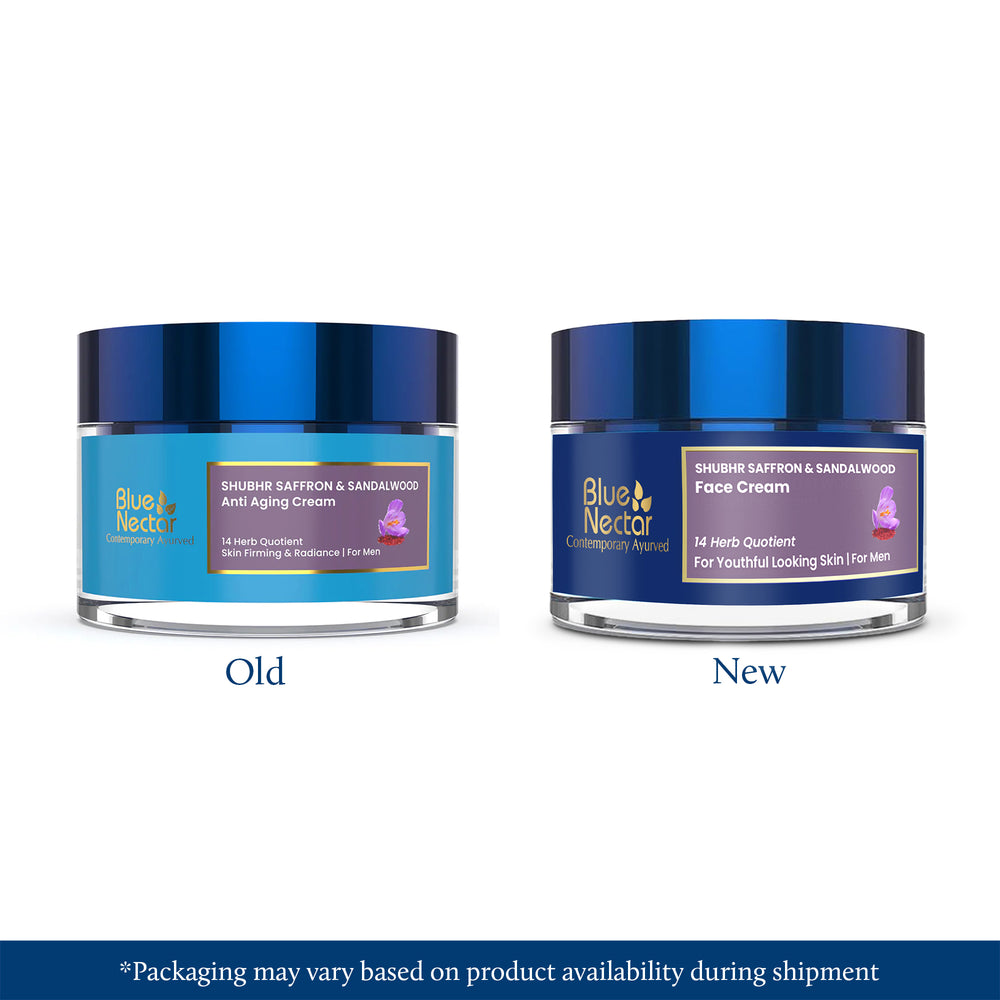
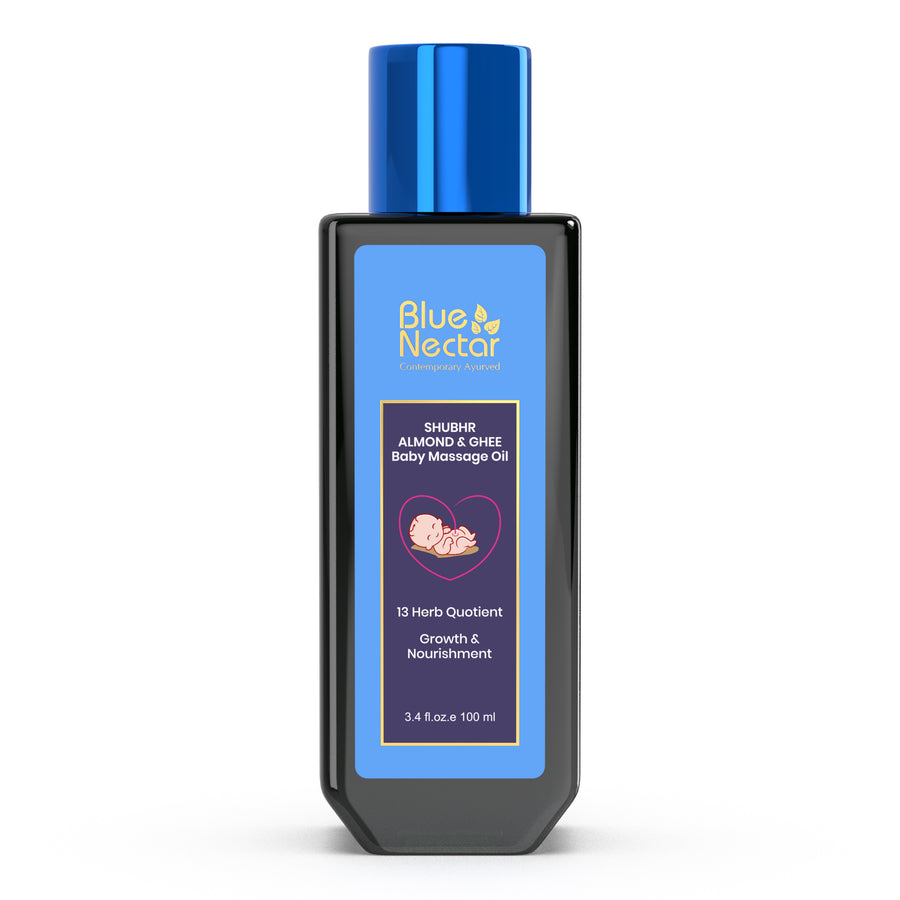
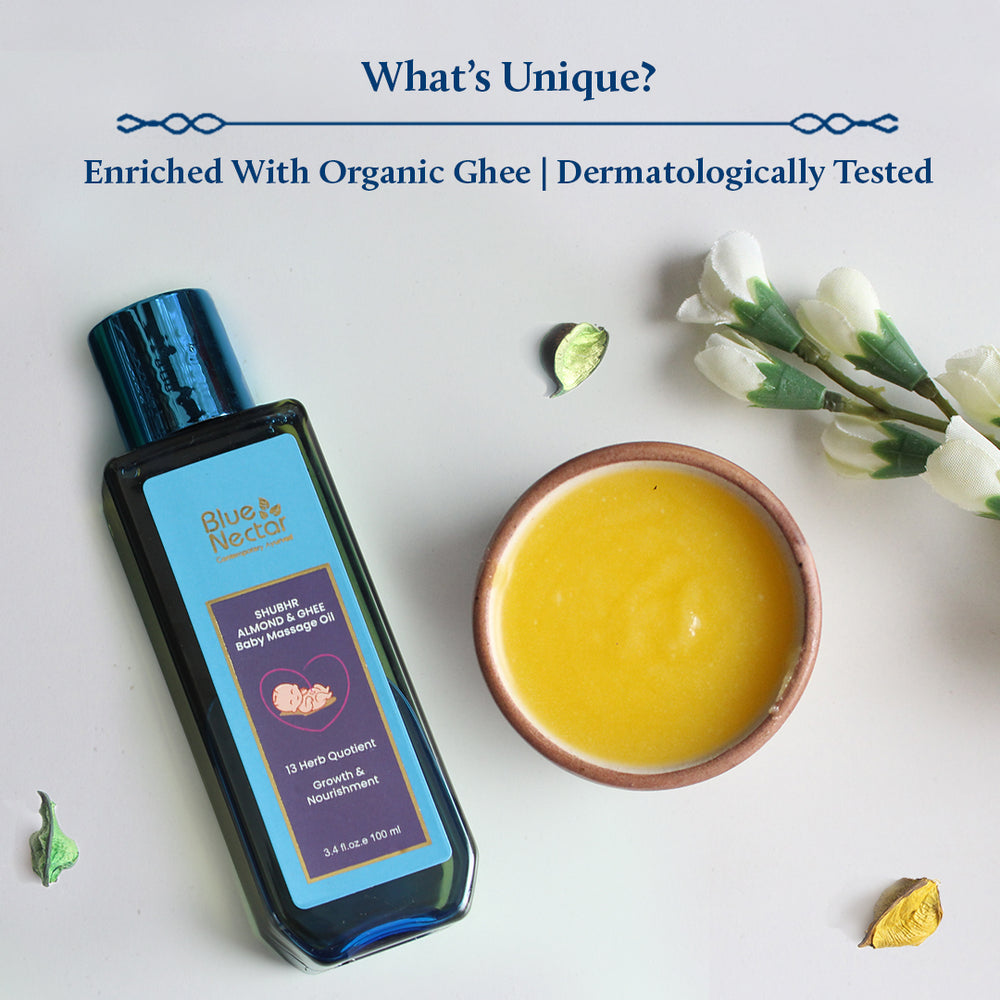




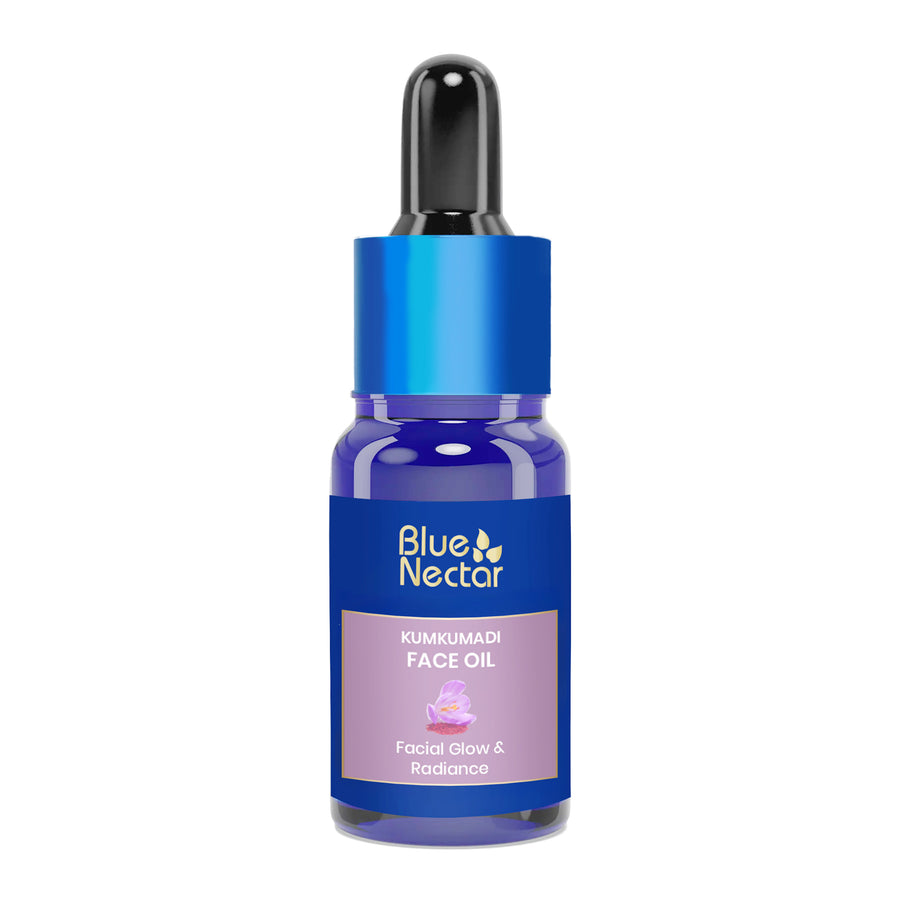
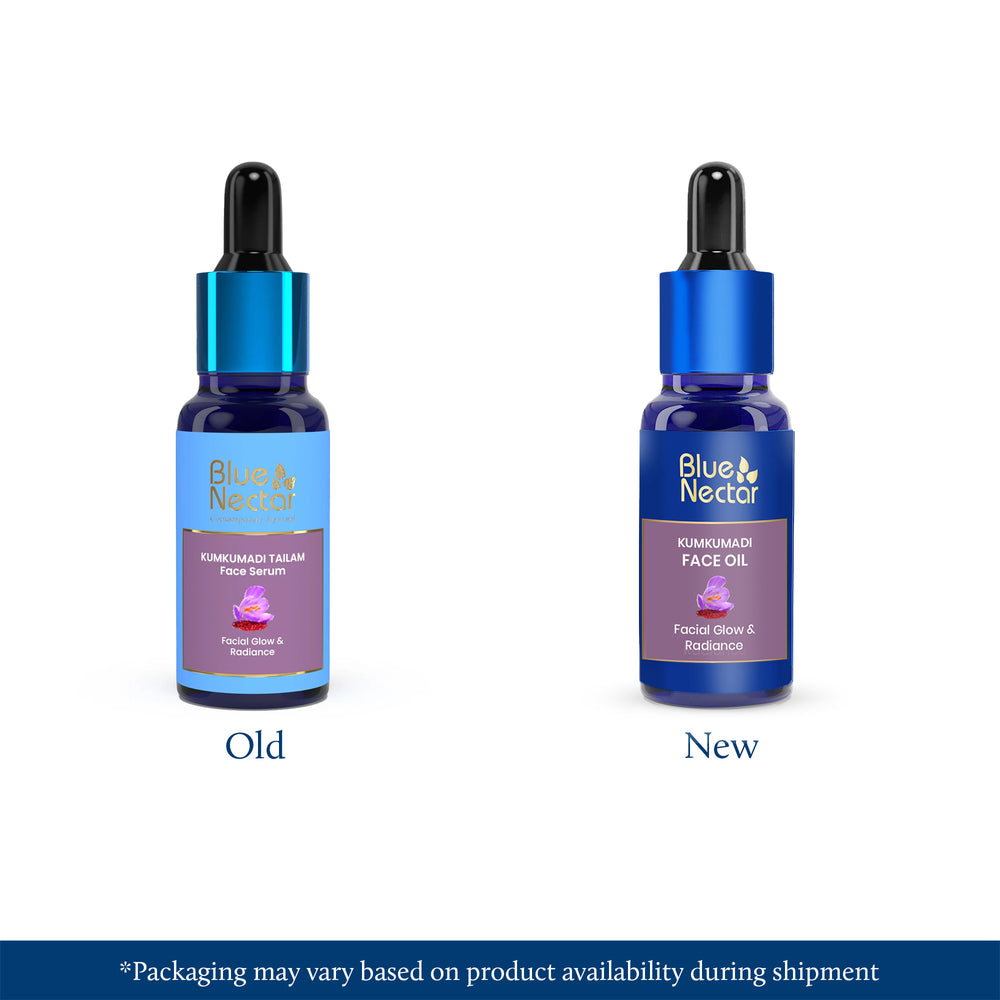
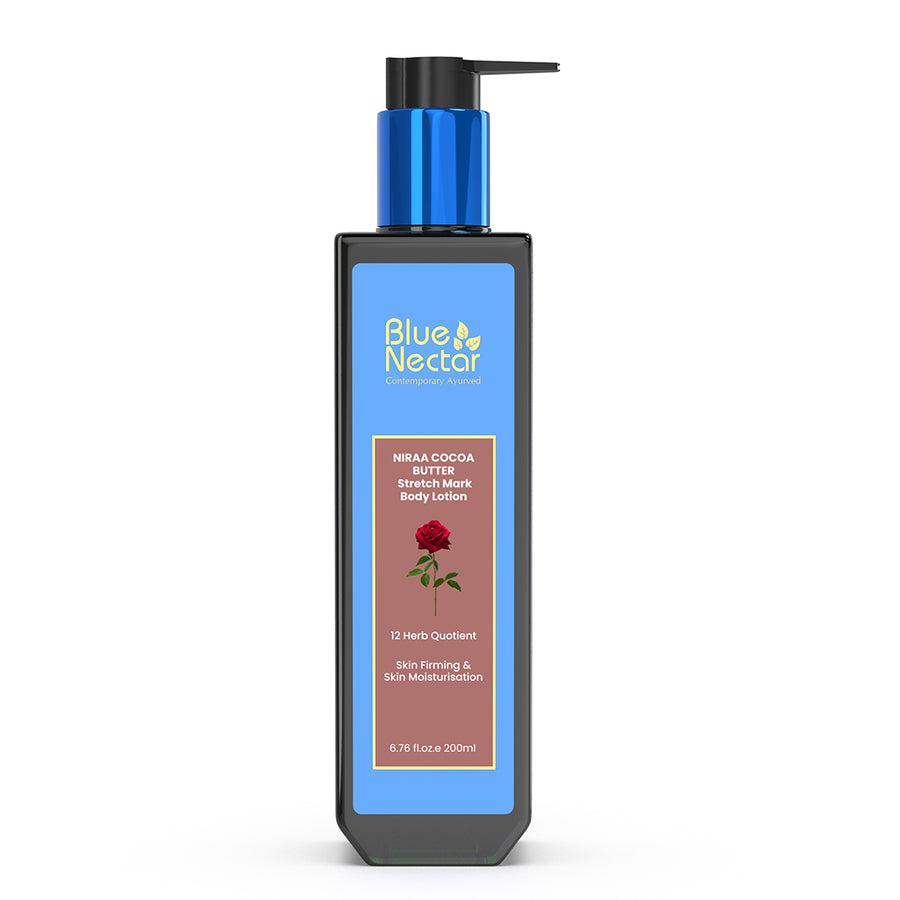
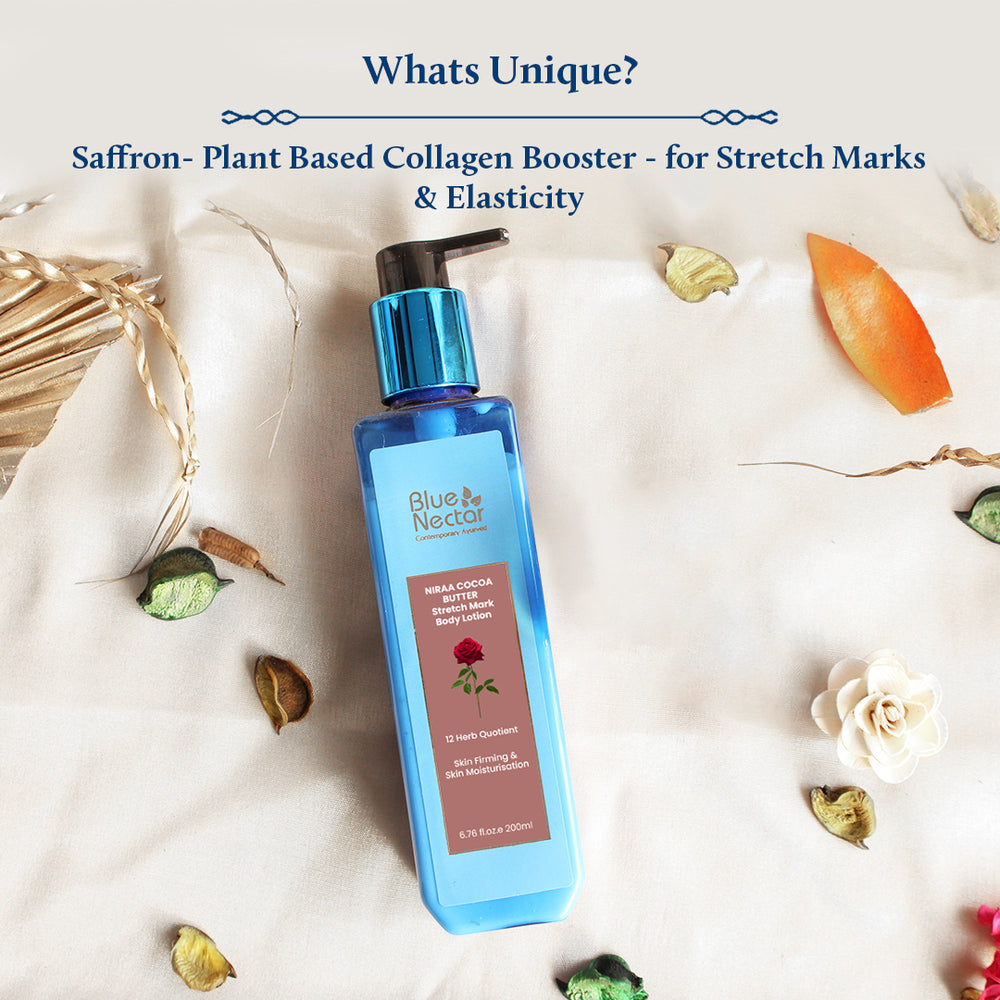
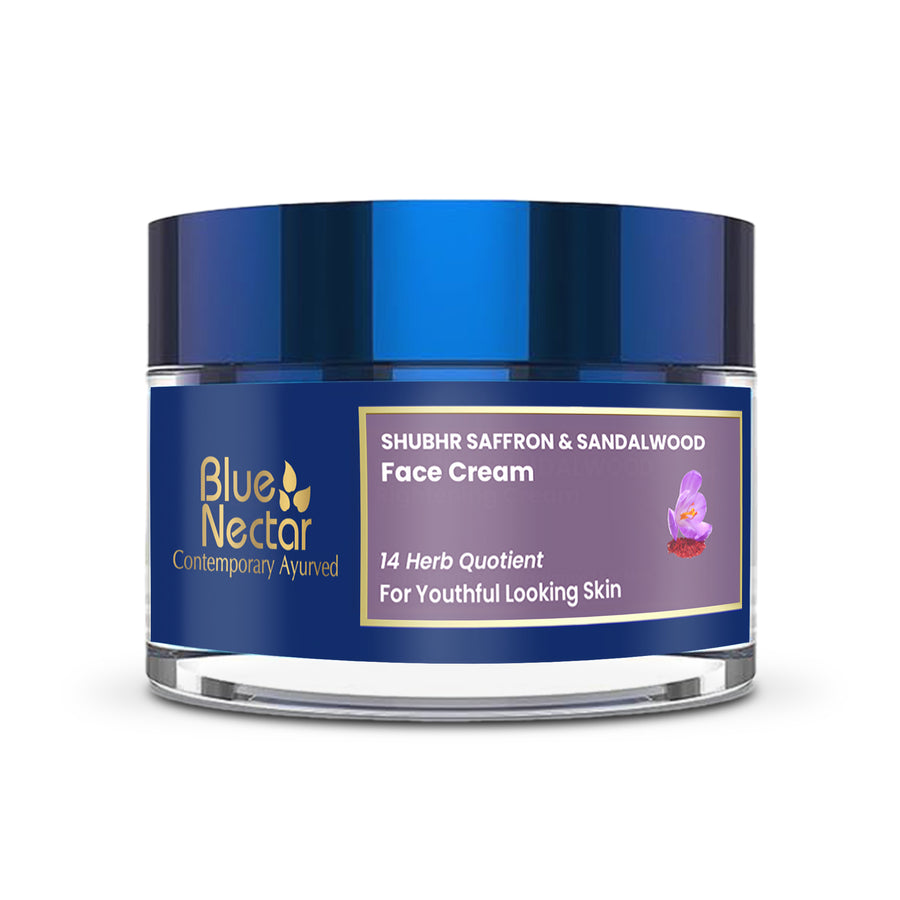
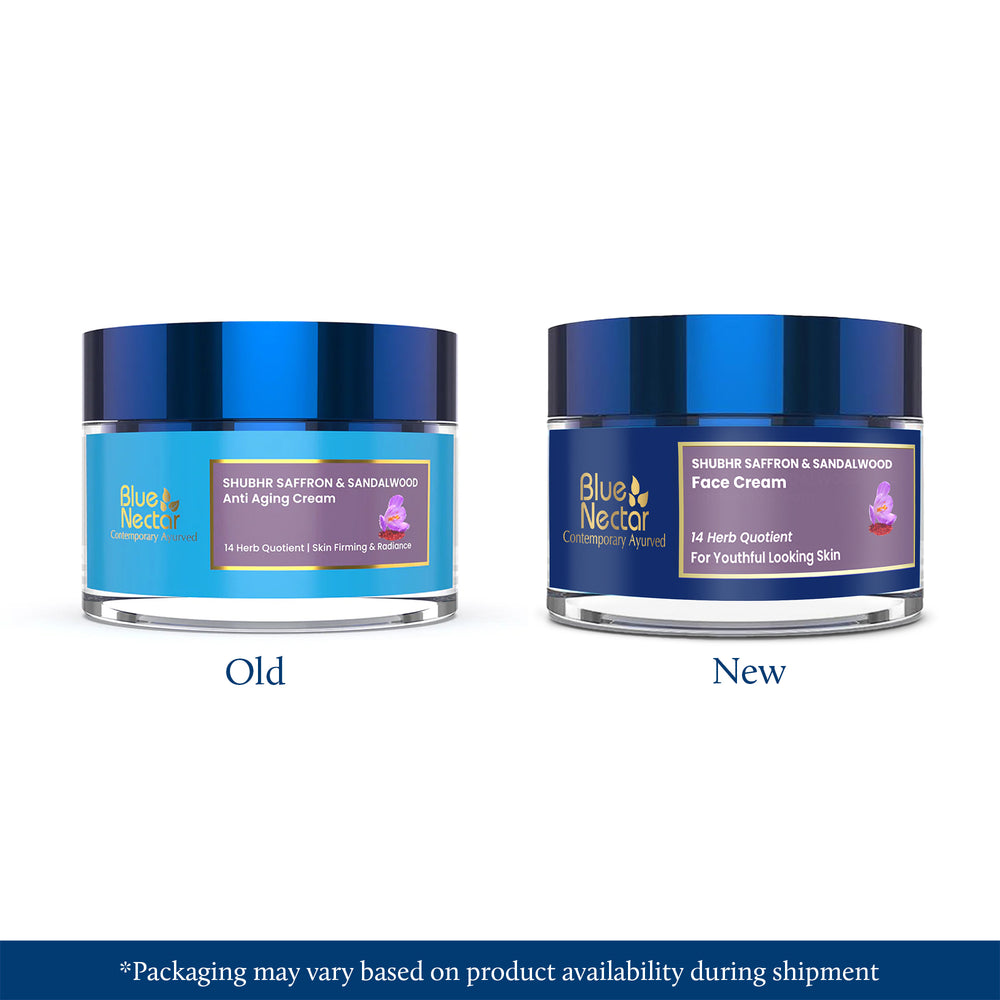
Leave a comment